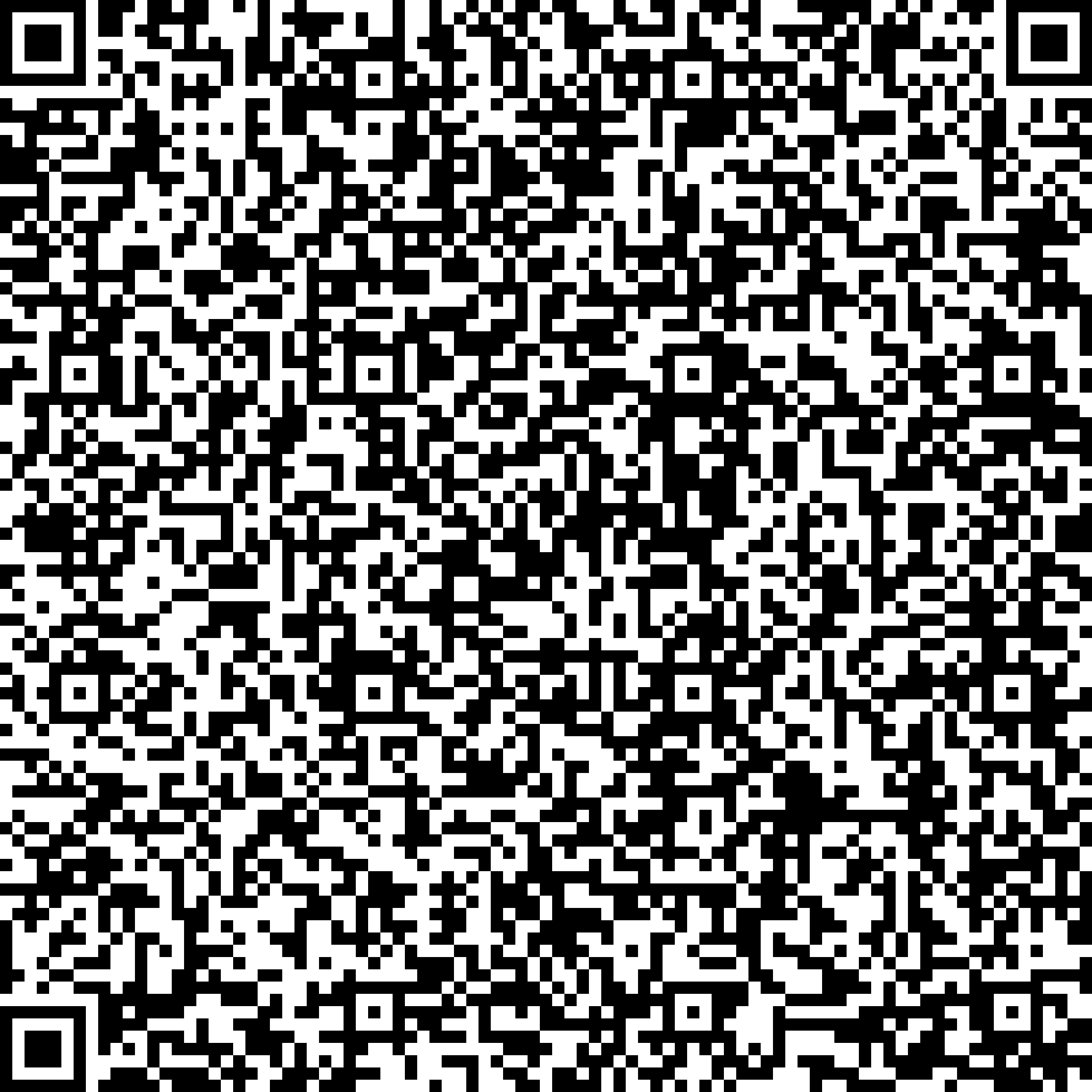


Diatoms are single-celled eukaryotic microalgae that produce intricately structured cell walls made of amorphous silica. The cell wall structure is a species-specific characteristic demonstrating that diatom silica morphogenesis is genetically encoded. Understanding the molecular mechanism by which a single diatom cell executes the morphogenetic program for formation of an inorganic material is a fundamental problem in molecular cell biology. Furthermore, it is also of great interest in materials science as a paradigm for the bottom-up synthesis of hierarchically nano-to micropatterned inorganic materials. Recently, diatom genome sequencing projects have provided the opportunity to identify the entire set of proteins involved in silica formation. Subsequent transcriptomics and proteomics analyses provided hundreds of potential candidate proteins, yet they have failed to identify already known silica forming proteins. This has raised concerns regarding the specificity and suitability of such high-throughput methods for studying diatom silica formation. In the seminar I will describe the results that we have obtained using an entirely different approach. The genome database of the model diatom Thalassiosira pseudonana was screened in silico for proteins containing domains that mimic the amino acid compositions (rather than sequence) of silica forming proteins. The screen retrieved the known silica forming proteins in addition to 86 other proteins, of which most did not exhibit sequence homology to any proteins from other organisms. Among these diatom-specific proteins are six proteins, which we denoted cingulins, that exhibit unique and highly repetitive amino acid sequence motifs. Subsequent functional analysis of cingulins in vivo has resulted in the identification of a previously unknown yet apparently general principle for diatom silica morphogenesis. In the final part of my talk I will demonstrate how the emerging insight into the molecular mechanism of diatom silica formation has enabled the development of an entirely biological method for the production of nanopatterned silica with desired catalytic activities.



Diatoms are single-celled eukaryotic microalgae that produce intricately structured cell walls made of amorphous silica. The cell wall structure is a species-specific characteristic demonstrating that diatom silica morphogenesis is genetically encoded. Understanding the molecular mechanism by which a single diatom cell executes the morphogenetic program for formation of an inorganic material is a fundamental problem in molecular cell biology. Furthermore, it is also of great interest in materials science as a paradigm for the bottom-up synthesis of hierarchically nano-to micropatterned inorganic materials. Recently, diatom genome sequencing projects have provided the opportunity to identify the entire set of proteins involved in silica formation. Subsequent transcriptomics and proteomics analyses provided hundreds of potential candidate proteins, yet they have failed to identify already known silica forming proteins. This has raised concerns regarding the specificity and suitability of such high-throughput methods for studying diatom silica formation. In the seminar I will describe the results that we have obtained using an entirely different approach. The genome database of the model diatom Thalassiosira pseudonana was screened in silico for proteins containing domains that mimic the amino acid compositions (rather than sequence) of silica forming proteins. The screen retrieved the known silica forming proteins in addition to 86 other proteins, of which most did not exhibit sequence homology to any proteins from other organisms. Among these diatom-specific proteins are six proteins, which we denoted cingulins, that exhibit unique and highly repetitive amino acid sequence motifs. Subsequent functional analysis of cingulins in vivo has resulted in the identification of a previously unknown yet apparently general principle for diatom silica morphogenesis. In the final part of my talk I will demonstrate how the emerging insight into the molecular mechanism of diatom silica formation has enabled the development of an entirely biological method for the production of nanopatterned silica with desired catalytic activities.